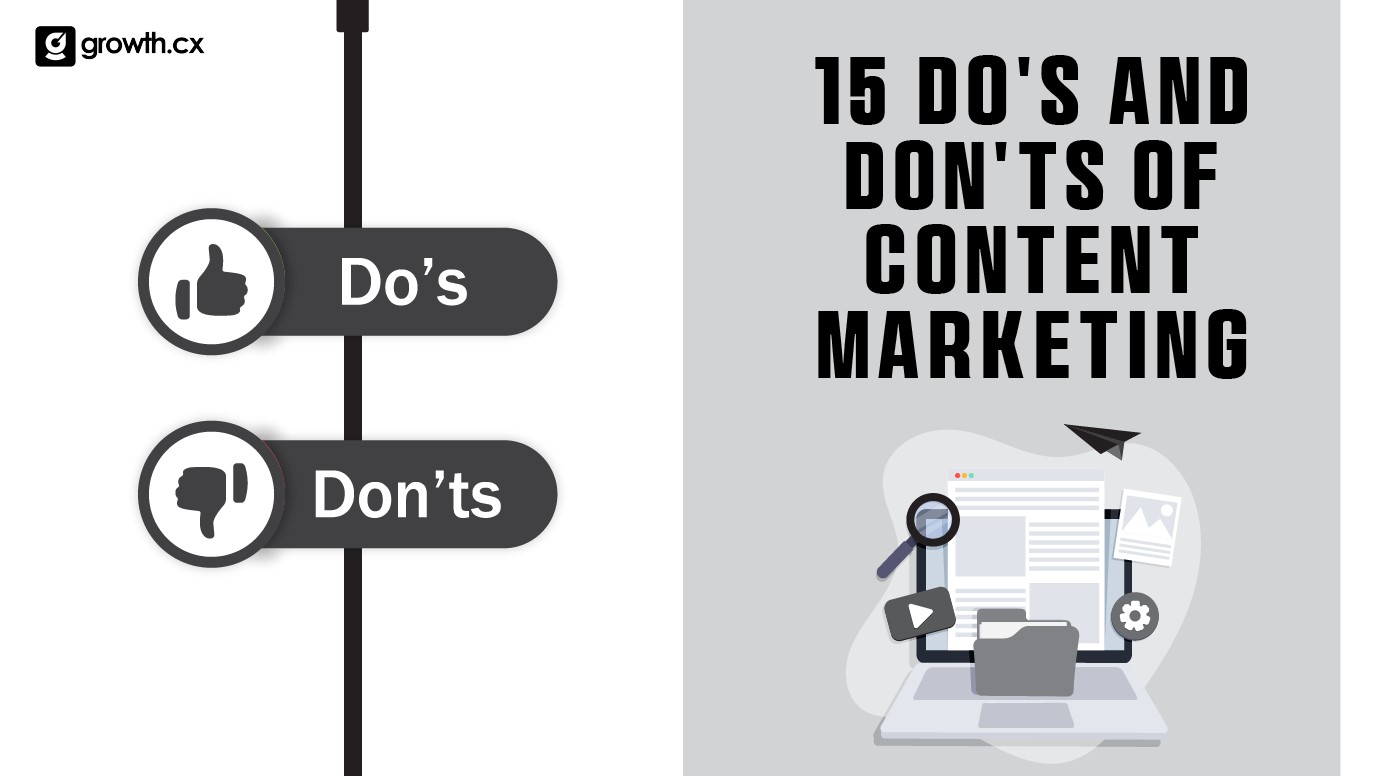Content marketing is flourishing like never before in the B2B space and is enabling businesses to achieve new heights. That is why 71% of B2B marketers admit that content marketing has become the cornerstone of their inbound marketing strategy to establish a robust digital presence and stay ahead of the competitive curve.
That said, one can’t ignore these facts as well; around 40% of the B2B marketers have a documented content marketing strategy, but another 33% have a strategy, but it’s not documented, and another 27% have no strategy at all. Which means content marketing is scattered across the SaaS industry.
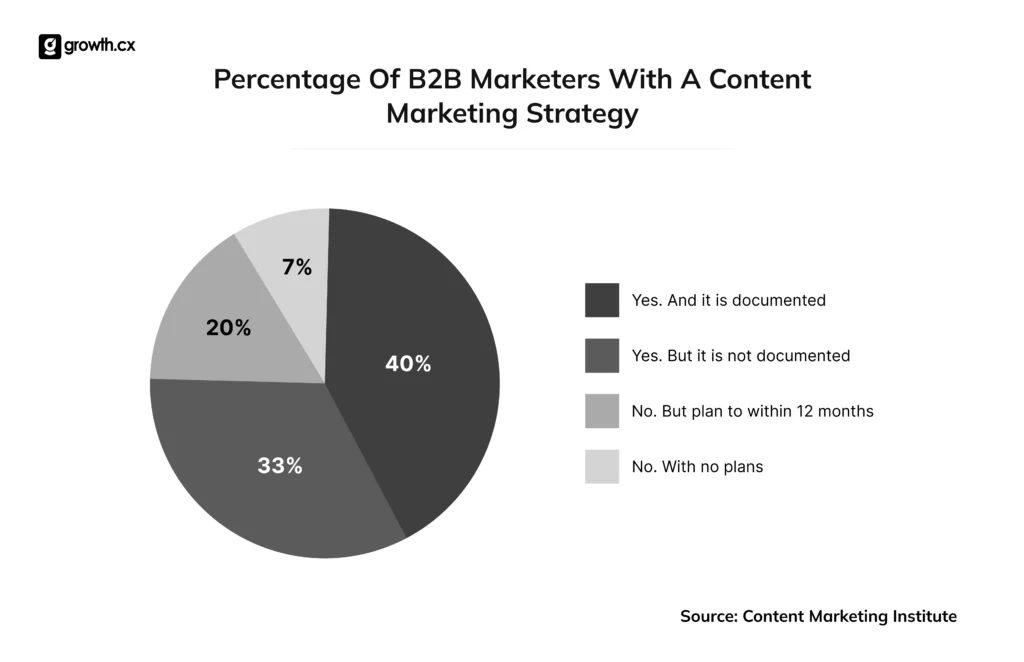
B2B organizations must implement a comprehensive content strategy to effectively engage prospects and retain existing customers. This involves creating high-quality, value-driven content tailored to address the specific pain points and goals of the target audience. By personalizing content experiences and utilizing a diverse range of marketing channels, companies can maximize exposure and consistently reach the right audience, thus driving conversions and fostering long-term loyalty.
Moreover, the world of content marketing is intensely competitive, considering the number of posts published every day (which is around 7.5 million!) To outperform the competition, SaaS firms have to prepare a growth-fueled SaaS content marketing strategy that enhances customer relationships, brand reputation and empowers them to distinguish their services in a competitive market.
If you are truly dedicated to creating an in-depth and coherent B2B SaaS content marketing strategy for your team, we can help you with some Dos and Don’ts that content marketers can consider seeing a positive change in your marketing efforts.
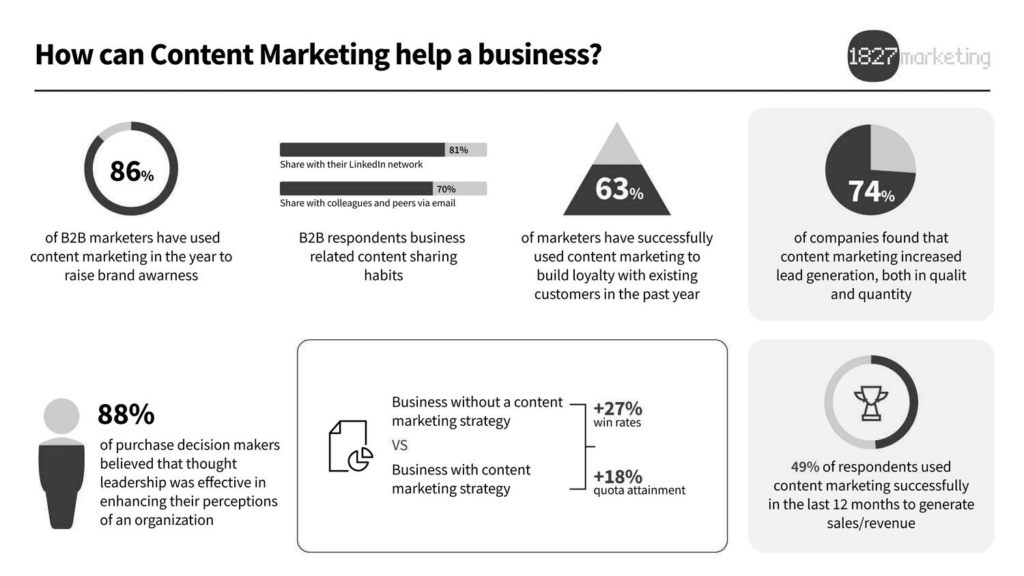
Image source https://1827marketing.com/smart-thinking/content-marketing-statistics-evidence-and-trends
5 Important ‘Dos’ of SaaS Content Marketing
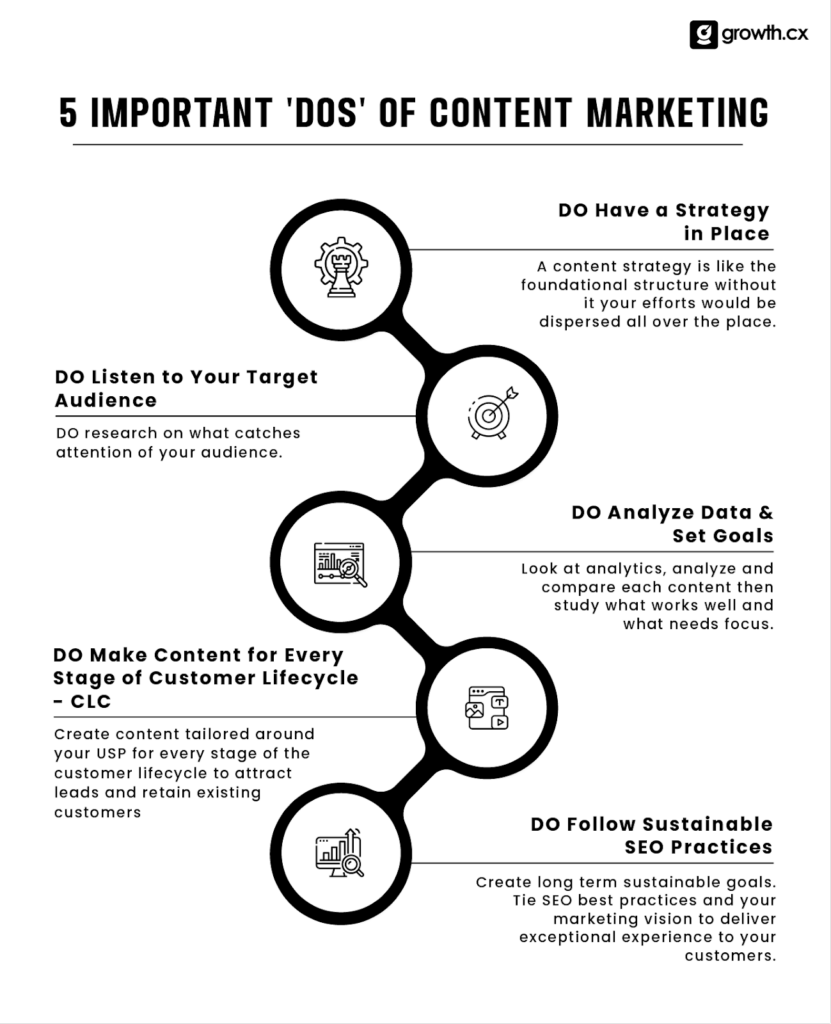
1. DO Have a Strategy in Place
Building a content strategy is like laying the foundational structure. Without a strategy in place, your content marketing efforts would be dispersed all over the place. It would be like knowing the destination without having any sense of the direction. You can’t simply keep publishing content. You need to know what kind of content your target audience would like and at what channel or at what time it should be pushed etc. You need to research topics, check whether they align with your business, are SEO-compliant, etc. All this is a continuous process and you will need a strong content marketing strategy in place.
2. DO Listen to Your Target Audience
This should be a no-brainer. But shockingly, many marketing teams ignore this point, often focusing only on the high-volume keywords that the competitors use. You must understand that the demands and pain points of the target audience keep changing, and you should be updated with the changing content marketing trends. By only understanding the pain points of your targeted audience you can deliver valuable content that attracts and converts.
3. DO Analyze Data & Set Goals
You need to set attainable and realistic goals to boost your brand’s identity and customer base. So, how do you set these goals? By analyzing insights like traffic, number of visitors, bounce rate, conversion rates, page rank, etc. By keeping a track of this data you will be able to identify the high-performing pages and leverage them to bring more visitors while improving the low-performing pages. This way you can set a goal for the next quarter and increase traffic and conversions.
4. DO Make Content for Every Stage of Customer Lifecycle – CLC
The idea here is to attract leads and retain customers by delivering value to them. So, you have to understand your target audience and customers in order to create content for every stage of the lifecycle like acquisition, conversion, pre-purchase, post-purchase etc. The practice can also establish your organization as a company that has great expertise in its niche.
5. DO Follow Sustainable SEO Practices
Create a long-term SEO-focused content strategy and goal. You need to know your marketing vision as a brand and blend it with your SEO strategy i.e you need to be mindful while SEO-optimizing your content. Don’t simply select high-volume keywords and write around it. See if it is relevant to your audience and for how long it is going to be relevant. Accordingly, create a sustainable SEO plan. The ultimate goal is to deliver the best experience to your customers. Focus on that goal and then create an SEO-based content strategy. When that’s done everything will fall into place.
12 Crucial ‘Don’ts’ of SaaS Content Marketing
1. DON’T Write for Everyone
This is a widely seen mistake. Marketers in their race to get more traffic start publishing content that is irrelevant to their target audience. Now, this might bring you a few visits initially but will prove to be futile as you will not be obtaining any leads or conversions. So, do make it a point to write content specifically for your target audience.
2. DON’T Forget Your Existing Content
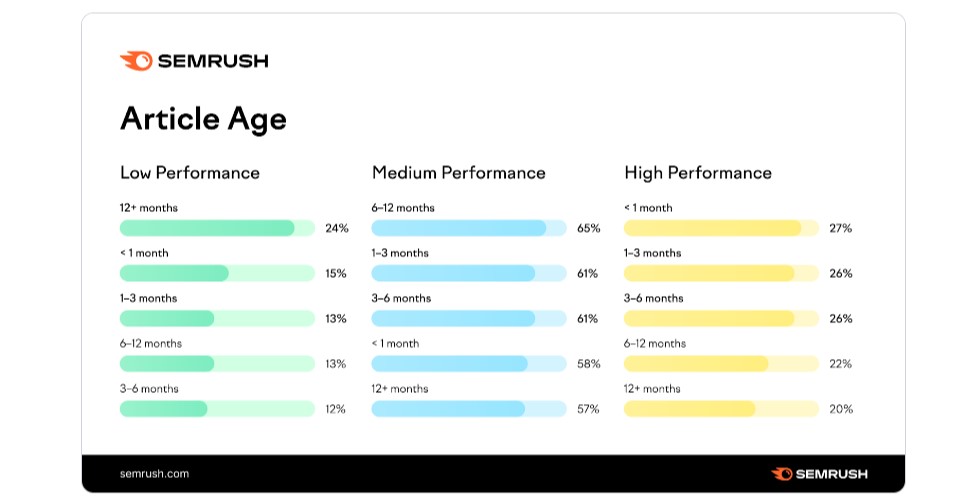
Churning out the new content and ignoring the existing content is one of the biggest blunders you can do. Yes, of course, you need to market the new content but it will definitely take some time to bring in the traffic. On the other hand, your existing content is a goldmine! If you monitor the data around it and make the needed modifications to your existing content, it will definitely bring more traffic and even accelerate your SERP rankings. So, never ignore your old content, and do spend some time optimizing it. You will definitely see better results.
3. DON’T Stuff Keywords
Well, now most of us might have been hearing this from the start of our careers. Yet, we had to add this here…because writers still adopt the practice of simply increasing the keyword density in their content. This might seem great in the beginning, and Google might even bump up your content in SERP, but remember the search engine’s first priority is user experience. When users don’t find value in your content, they exit your page immediately and this won’t go unnoticed by Google. Gradually, you will see the traffic and the rank decreasing. Make sure to take a look at this article to become a master in writing blog for B2B SaaS.
4. DON’T Go for Quantity Over Quality
Now, this should be a given, right? But somehow a majority of businesses still focus on publishing as many content pieces as possible by giving the least importance to quality. Again, this might work initially and bring you a few visitors. However, you should also remember users come to your page expecting some value and when they don’t get what they expect they are going to leave your page in a few seconds! This will bring a huge dip in traffic and even affect the credibility of your site. So, for long-term success, you must focus on quality.
5. DON’T Publish Without Scrutinizing It Properly
To ensure the quality of your content, you must proofread it properly. You need to check for any grammatical errors, SEO-pitfalls, image placement, spelling redundancies, statistics are latest, etc. When it comes to user experience, each and every aspect counts.
6. DON’T Silo your Content and Social Teams
Businesses often fail to unite their content and social media marketing efforts. They often create separate content and social teams but don’t give them an opportunity to work or ideate together. Content and social media marketing are correlated. You can repurpose the content of your blog posts to create engaging social media content, and drive traffic from social media to your website and vice-versa. So, it is very important that your content and social media team are on the same page. They should work together to make the most of both social media and content marketing.
7. DON’T Add Numbers to Your URL
Creators often make the mistake of adding numbers to their URLs. Your URLs should contain the keyword and the basic idea of the post and should be of optimal length. However, you must avoid adding numbers to the URL. Let us explain the reason with an example.
Let’s say you have a listicle post named, ’11 Best Survey Tools of 2023′ and you decide to keep the URL as 11-best-survey-tools-2023. The URL seems to be fine initially but that is until you decide to update the content by adding an extra tool or modifying the year. You probably know how changing the URL or redirecting it multiple times can affect your site’s traffic. Changing the URL means losing all the traffic you acquired and multiple redirections is something that Google despises!
So, be on the safer side and refrain from adding numbers to your URL. Considering the aforementioned example, the ideal URL ought to be ‘best-survey-tools’.
8. DON’T Forget CTAs
Adding a Call to Action or CTA is imperative in driving traffic and conversions to your business. You need to encourage your audience to take some action to boost the engagement quotient and the right CTA placement can do the trick. You need to place CTAs in your content to drive some activity. For example, adding a CTA on your product landing page can motivate your users to sign up. You could even include CTAs to boost social media following, email subscriptions, etc. So, place your CTAs strategically to drive maximum engagement to your site.
9. DON’T Ignore Link Building
Here’s something you ought to listen carefully to…BACKLINKING STILL MATTERS! Yes, you might hear people saying that you can rank your post on SERP without a single backlink. And..yes, that’s possible but not every time, and one such incident is not going to help build the credibility of your website.
Here’s why link-building is still important.
Getting a link back to your site indicates that your content is credible. As the number of backlinks to various content pieces increases, Google will consider your site as a credible source in your niche. When that happens, Google increases the DA or domain authority of your site.
Secondly, when your link is included in another site, you get visits from there as well, and the traffic spikes up.
10. DON’T Make It About ‘You’!
Your content should not come across as ‘salesy’ to them. The focus should be on the target audience. It should be all about them, not you. The idea is to promote your service or product by helping people. You need to project your product/service as a solution to the target audience’s pain point. You need to make them realize why they need your product and how it will benefit them rather than just talking about how ‘awesome our product is’.
You need to follow a few dos and don’ts in life to be successful. Similarly, you might have to learn and unlearn a few things in content marketing to establish a successful campaign. Try to implement these simple dos and don’ts in your marketing efforts and see the difference for yourself.
11. DON’T Neglect Grammar And Editing
Make sure to pay attention to grammar and editing in your content. Any typos or grammatical errors can damage your credibility and make your audience question your professionalism. You have to ensure your content is polished and error-free is an investment in your brand reputation and user experience.
- Read your website content aloud and multiple times that it is proofread to catch errors you might miss silently.
- You can use grammar checkers to identify typos, grammatical mistakes, and clarity issues.
- Always take fresh perspective content that helps to attract your targeted audience.
12. DON’T Ignore Content Plagiarism
Plagiarism is a serious issue in content writing. It involves using someone else’s work, ideas, or content without their permission and presenting it as your own. This is not only unethical, but it can also have legal effects. Stealing someone else’s work damages their efforts in the content marketing industry.
- You have to invest in your own ideas and develop unique content that reflects your brand voice.
- If you do reference existing content, be sure to rewrite that correctly. There are various citation techniques, so choose one that aligns with your content format.
- By prioritizing originality, you can ensure your content marketing is ethical and protects your brand from legal trouble.
- Always remember your content should be a reflection of your own unique voice and the value of your brand.
You need to follow a few dos and don’ts in life to be successful. Similarly, you might have to learn and unlearn a few things in content marketing to establish a successful campaign. Try to implement these simple dos and don’ts in your marketing efforts and see the difference for yourself.
Wrapping Up!
Developing a robust SaaS content marketing strategy involves numerous tactics and considerations, and we have covered most of them in our blog. However, it’s important to not expect to achieve short-term success as content can take time to climb search engine rankings and gain momentum.
However, by consistently adhering to an effective and thorough strategy and regularly publishing high-quality content, your efforts and content will ultimately yield the desired outcomes.
You can also hand over your SaaS content marketing services to well-experienced SaaS content marketing agencies like growth.cx to reach your target audience effectively.
Further Read: B2B SaaS Content marketing agencies in 2024
FAQ
How to write content for a SaaS company?
Understand your business target audience and their pain points first. When writing content, you must remember to use clear, concise language and strategically include keywords for SEO.
What is B2B SaaS content marketing?
B2B SaaS content marketing involves creating and sharing content tailored to business audiences to drive awareness, leads, and conversions for SaaS products.
